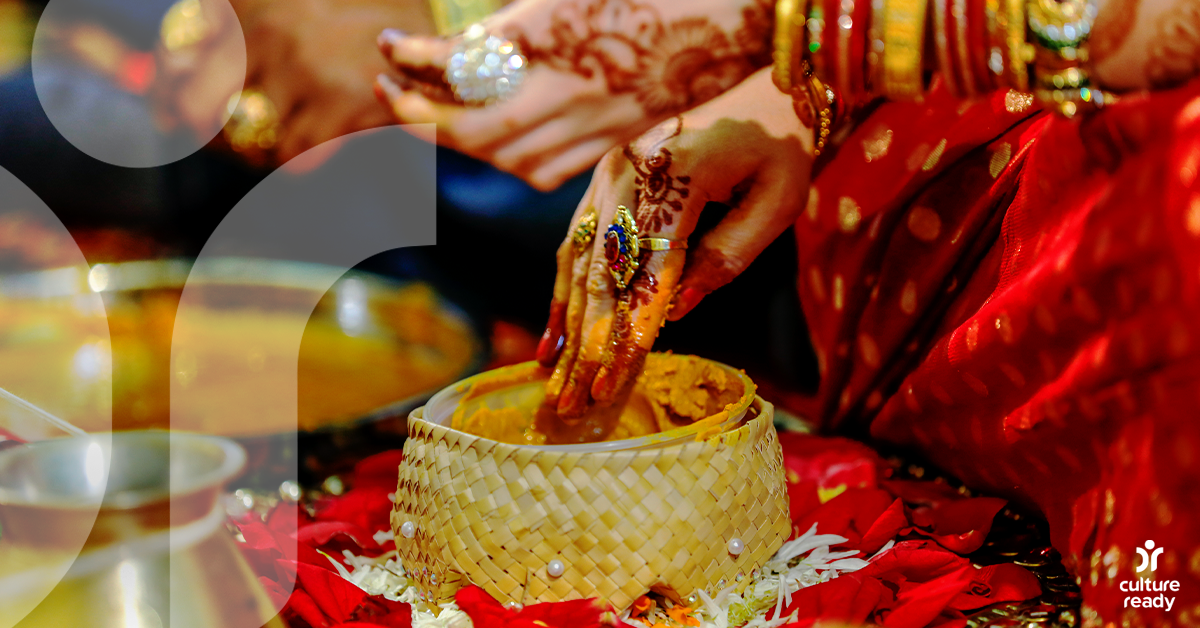Turmeric: India's Golden and Sacred Spice
The spice comes from the roots of the flowering Curcuma longa plant, a member of the Zingiberaceae, or ginger family. Curcumin, the substance which gives turmeric its golden color, has anti-inflammatory and antioxidant properties, which have led to its medicinal use. The first documented medicinal use of turmeric is as an ointment to treat food poisoning in 250 BCE.
Some of the health benefits of turmeric include protecting healthy cells and helping to destroy mutated cancer cells before they can spread. It also helps to lower cholesterol and prevent heart disease.
Practitioners of Ayurvedic medicine or Ayurveda use turmeric often to help heal the body. Ayurveda is a natural system of medicine developed more than 3,000 years ago in India. The practice is based on the belief that disease is the result of imbalance or stress. Ayurveda promotes natural therapies and lifestyle changes that enable a person to regain a balance amongst mind, body, and spirit. Today, Ayurvedic medicine treats abdominal pain, diabetes, liver disorders, sinusitis, and other conditions with turmeric. The spice is also made into a paste to treat wounds, pimples, insect bites, eczema, and swelling.
In Hinduism turmeric is considered sacred, and Hindus adorn their gods with turmeric paste, sandalwood, and vermillion. At weddings, the bride and groom are covered in the paste as part of a Hindu ritual known as the Haldi (turmeric) Ceremony. Hindus believe that applying this vibrant yellow color to the bride and groom will bring them good luck and prosperity. Another reason the Haldi Ceremony is performed is to keep away the evil eye from the couple as they begin a new chapter in their lives.
Indian cuisine incorporates turmeric in a wide range of dishes, especially in the south of the country. It is a staple in curry powder and is used in many entrees, including biryanis and curried meat dishes. The spice has now become popular in many other foods, including cakes, ice creams, and cereals, and is central to an immunity-boosting favorite, golden milk (also called turmeric milk).
